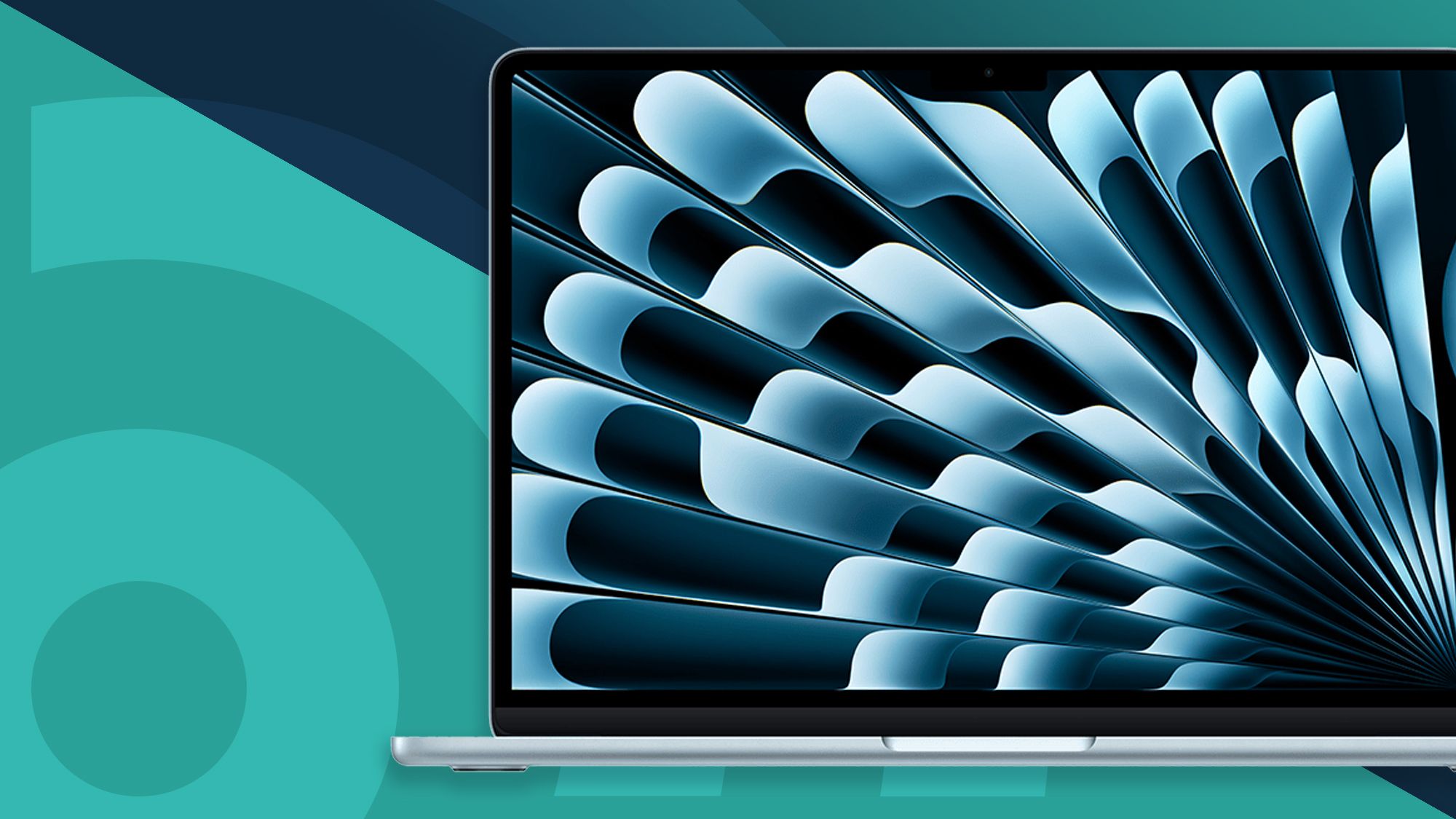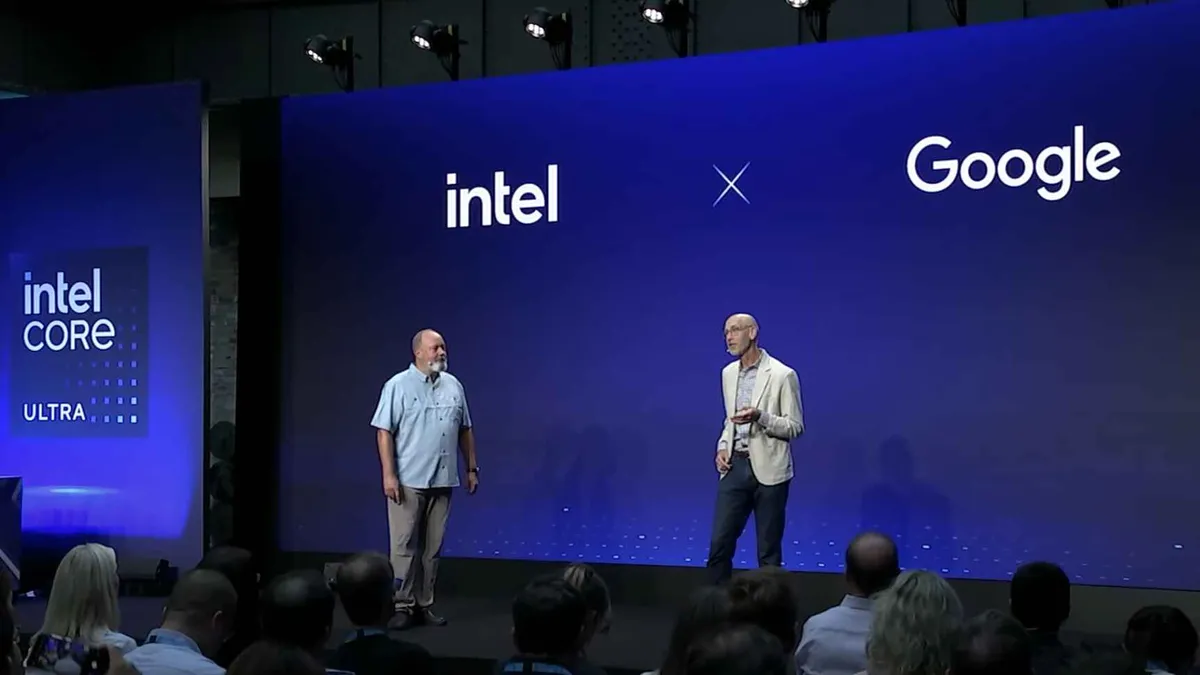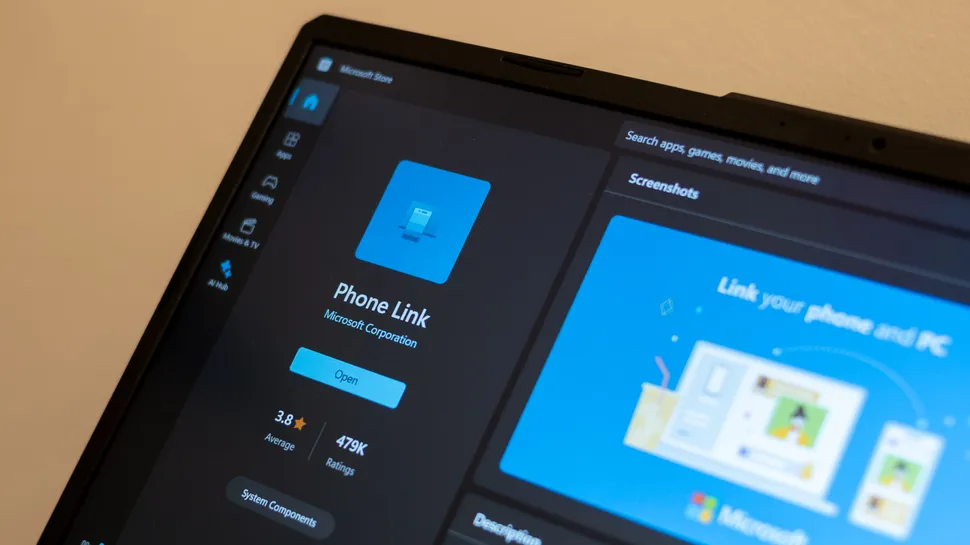ChatGPT Downtime Linked to spike in AI Image Creation by 130 Million Users Generating 700 Million Images
Title: ChatGPT’s 4o Image Creation Feature Triggers Huge Interest and Service Interruptions
In an eventful week for OpenAI, the rollout of ChatGPT’s innovative 4o image creation model has captivated the online community—bringing forth remarkable creativity along with considerable technical hurdles. This feature, enabling users to produce high-quality images with exceptional realism and precision, has experienced rapid adoption, resulting in service slowdowns and outages for numerous users.
A Rise in Demand
Following the launch of the 4o model, ChatGPT has witnessed a significant boost in user participation. As per OpenAI COO Brad Lightcap, upwards of 130 million users have created over 700 million images within just nine days. This surge in usage is spurred by the model’s capacity to generate visually striking artwork, emulate popular art styles like Studio Ghibli, incorporate accurate text in images, and produce deepfake-like celebrity visuals.
The feature’s success has been particularly striking in India, which Lightcap pinpointed as ChatGPT’s fastest-growing region. Users globally have been experimenting with the tool to craft everything from imaginative landscapes to custom avatars and shareable memes.
Technical Pressure and Service Interruptions
However, the immense popularity has led to some drawbacks. Numerous users have reported extended response times, reduced performance, and even total outages on the ChatGPT platform. These complications have caused frustration among frequent users, notably those who depend on the chatbot for work or study.
OpenAI CEO Sam Altman recognized the pressure on the company’s infrastructure, jokingly mentioning that the firm’s GPUs were “melting” due to the load. He stressed that the team is working “as swiftly as possible” to enhance infrastructure and bolster reliability.
“We appreciate your understanding as we strive to accommodate everyone,” stated Lightcap in a public remark. “The team is working tirelessly.”
A Peek into the Future of AI Artistry
In spite of the setbacks, the 4o image generation model signifies a significant advancement in AI potential. Unlike earlier versions, this model can produce images with clear and accurate text—a noteworthy technical achievement. It also provides users with options to select from various artistic styles, making it a flexible tool for artists, designers, and enthusiasts alike.
The model’s capacity to replicate beloved aesthetics, such as the enchanting and intricate style of Studio Ghibli, has especially captivated users. Social media channels have been inundated with AI-generated images that blur the distinction between human and machine artistry.
What Lies Ahead for OpenAI?
The triumph—and strain—of the 4o image generator highlights the increasing need for sophisticated AI tools. OpenAI now faces the task of expanding its infrastructure to satisfy this demand while preserving the quality and dependability of its services.
Altman has indicated that additional upgrades and functionalities are forthcoming, but the company’s immediate priority remains on stabilizing the platform. As millions of new users flock to ChatGPT, OpenAI will need to commit substantial resources to server capacity, GPU availability, and backend enhancements to keep up.
Conclusion
The introduction of ChatGPT’s 4o image generation model has presented a dual challenge for OpenAI: an undeniable triumph in user engagement and creative possibilities, paired with a reality check regarding the infrastructure requirements of next-gen AI. As the company endeavors to address performance challenges, one fact stands out—the future of AI-driven creativity has arrived, and it is only beginning.
Keep an eye out as OpenAI continues to advance its offerings and redefine the limits of artificial intelligence.
Read More








